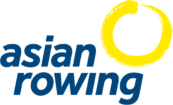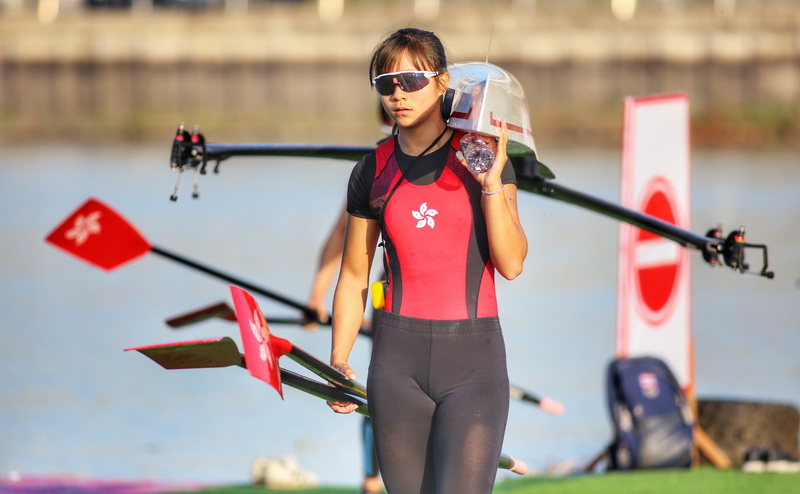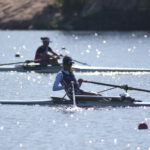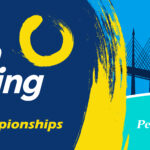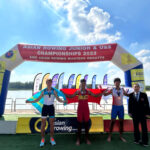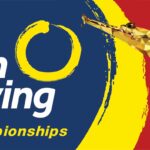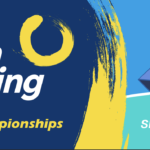2025-05-26
Rowings
- Asian Rowing Federation
- Rowings
Para-rowing is rowing or sculling open to both male and female rowers with a disability who meet the criteria set out in the Para-rowing Classification Regulations and Bye-Laws. Para-rowing was formerly called adaptive rowing and was first raced at the 2002 World Rowing Championships in Seville. It was introduced into the Paralympic programme in 2005...
A junior rower is 18 years old or younger, racing nationally or internationally. Junior rowers race in all boat classes, singles to eights. The ultimate aim of competitive junior rowers is to represent their country at the World Rowing Junior Championships. The World Rowing Junior Championships often launch junior athletes to future successes as under-23...
A rower may compete as a masters rower from the beginning of the year during which he or she turns 27. Masters rowers are then placed in categories A to K, ‘A’ being an average of 27 years or over, and ‘K’ being an average of 83 years or over. Dependent on the age they...
Indoor rowing, otherwise known as Ergometer rowing after the name of the equipment used for this type of sport, has been widely used in training and preparation of athletes for many years. But recently, indoor rowing has grown from a tool for off-the-water training for the serious rower to a sport in its own right....
Coastal rowing is the extreme version, the adventure side of rowing. It involves rowing along a sea coast and out into the sea and is one of the fastest growing communities of rowers. It is especially popular in Italy, France and Great Britain to name a few. It can be found in all corners of...
Search
Rowings
Latest Posts
Latest Events
